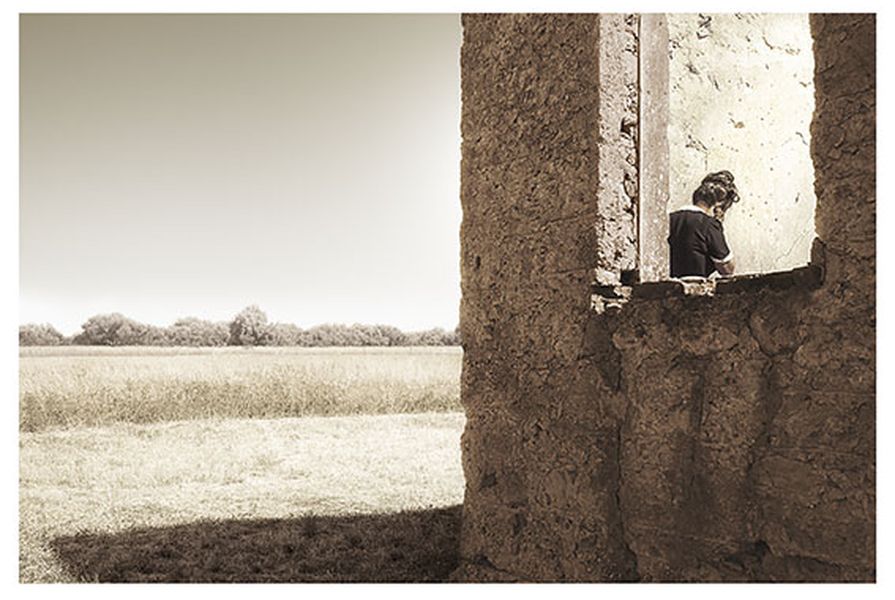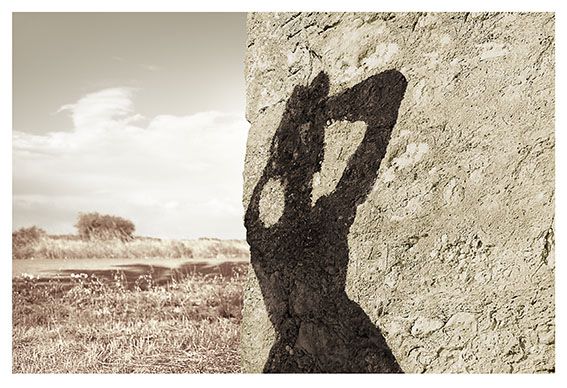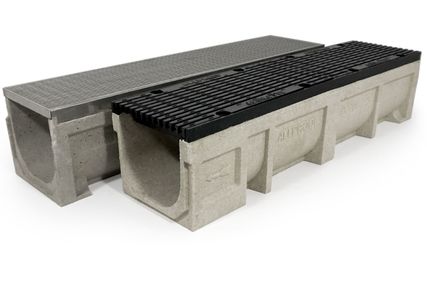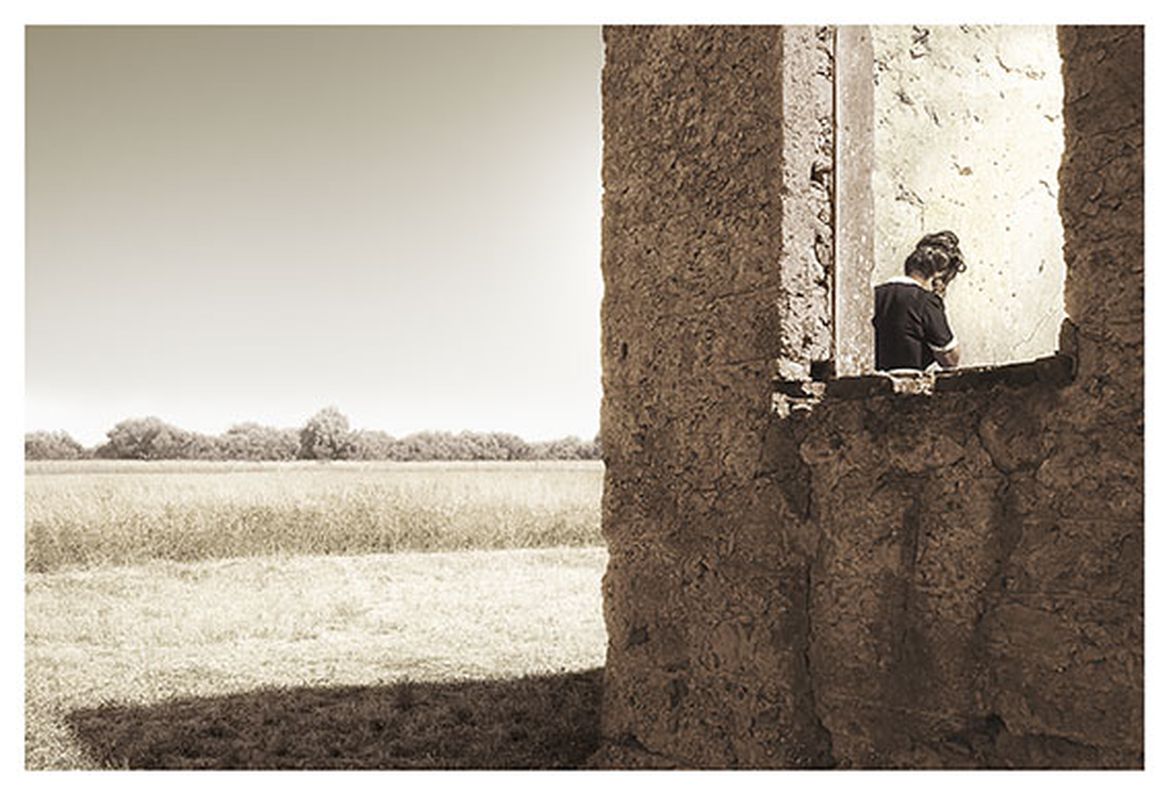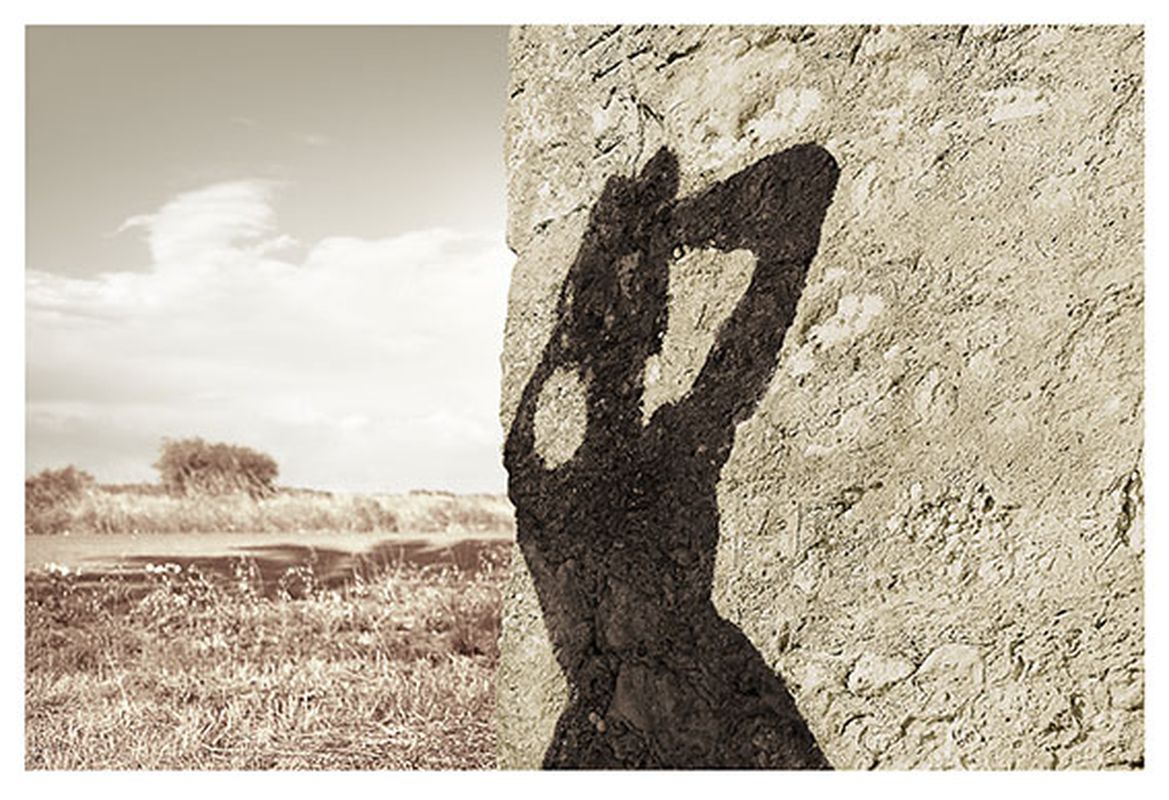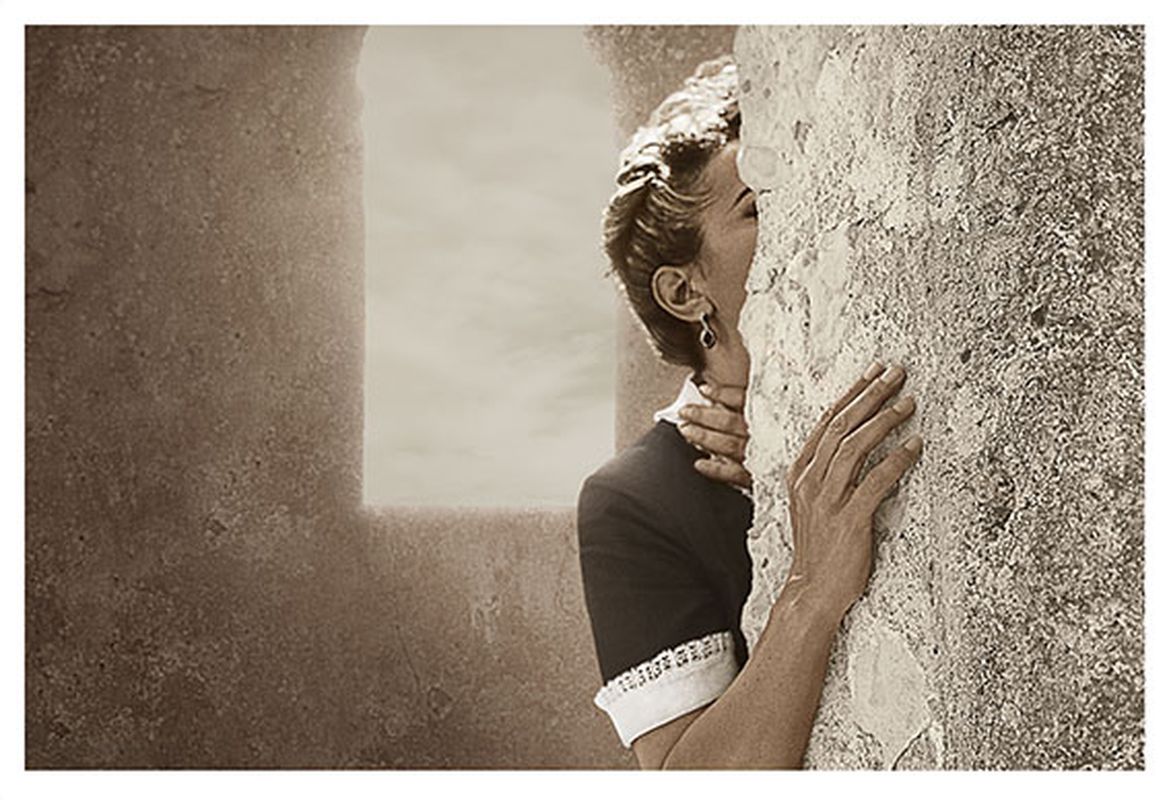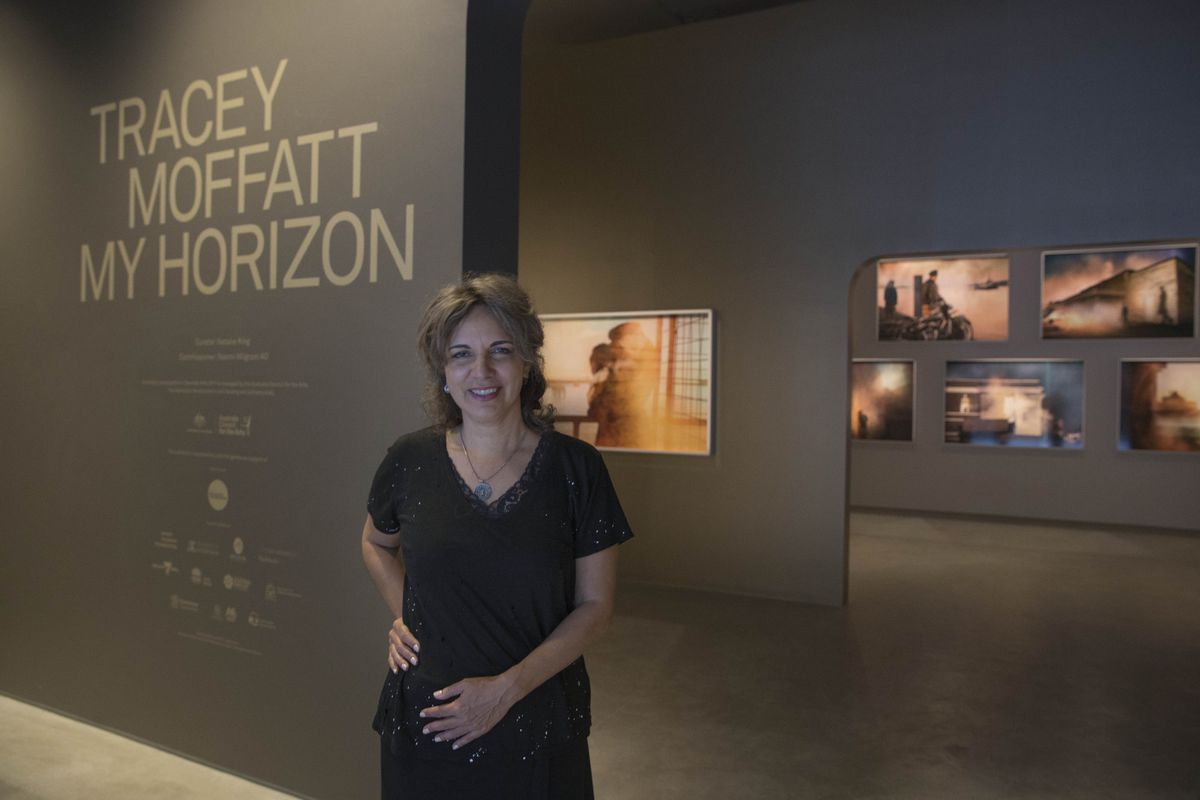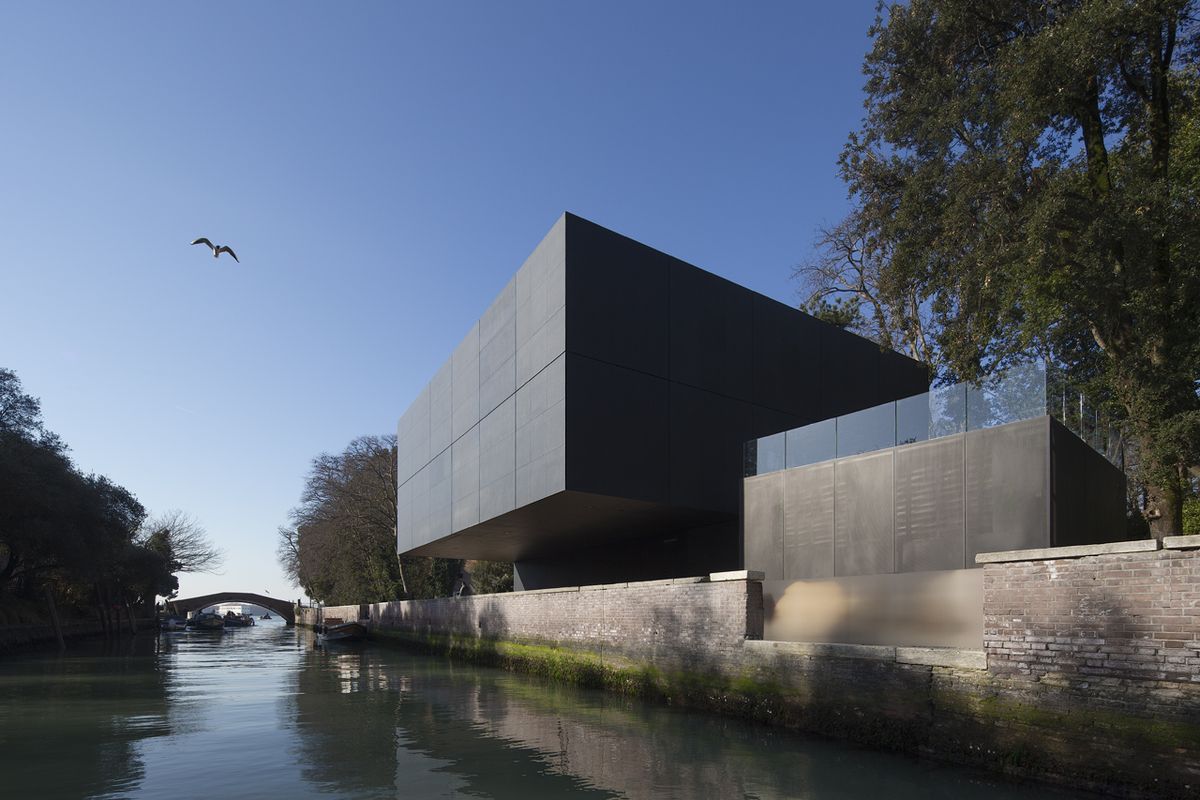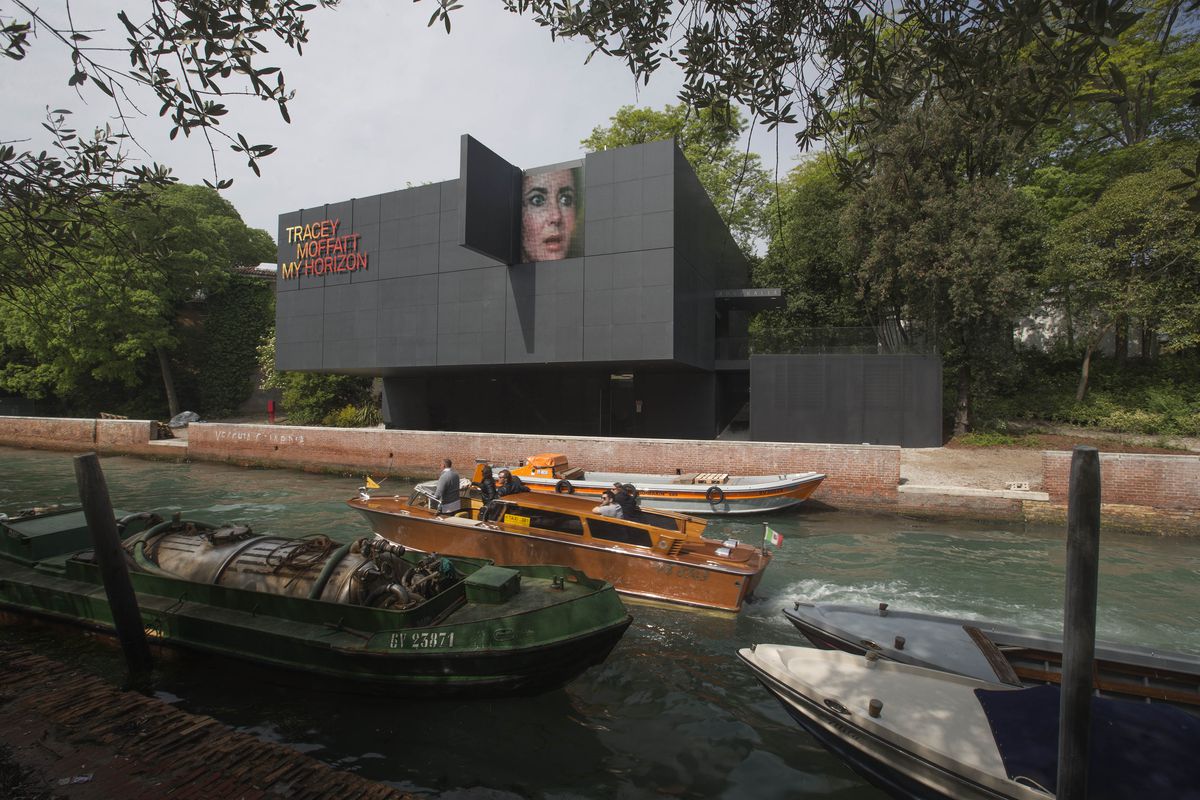An exhibition of work by artist Tracey Moffatt has opened at the permanent Australian pavilion in Venice as part of the 2017 International Art Exhibition, or Art Biennale. Moffatt is the first Indigenous artist to represent Australia in Venice since 1997.
Photograph from the Body Remembers series by Tracey Moffatt.
Image: Tracey Moffatt
Housed in the permanent Australian pavilion designed by Denton Corker Marshall that opened in 2015, My Horizon comprises two photographic series titled Body Remembers and Passage and two video works titled Vigil and The White Ghosts.
Body Remembers is a series of 10 photographs intended to evoke the lives of women who have undertaken domestic and emotional labour. Passage depicts a cast of characters acting out a series of “furtive encounters” on a deserted dock. Moffatt said, “Passage is a story as old as time itself. People throughout history and across cultures have always escaped across borders to seek new lives.”
Photograph from the Passage series by Tracey Moffatt. Image:
Tracey Moffatt
The exhibition was curated by Natalie King and comissioned by Naomi Milgrom, head of the Naomi Milgrom Foundation which comissions the MPavilion each year. Milgrom’s foundation also this week announced the Living Cities Forum, a new conference on urbanism and liveability, that will take place in Melbourne in July.
Milgrom said, “My Horizon is an exceptional experience, created with dedication, focus, discipline and a ferocious commitment by one of Australia’s most successful artists. Tracey Moffatt has transformed and activated the Australian Pavilion with her poignant narratives, which position desperate human journeys, border crossings and belonging as global concerns independent of a particular time or place.”
The Australian Pavillion at the Giardini della Biennale by Denton Corker Marshall.
Image: John Gollings
The Australian pavilion was the first to be built in the Giardini della Biennale, one of the Biennale’s main exhibition grounds, since 1995. The pavilion was designed to be adaptable to different exhibitions, with manoeuvrable panels that can be opened or closed to change the gallery space. Australia secured the last available space in the Giardini in the 1980s, opening a temporary pavilion designed by Philip Cox on the site in 1988.
Moffatt has exhibited in galleries around the world since her first solo exhibition at the Australian Centre for Photography in Sydney in 1989.
Since 2000, the Art Bienalle has alternated with the Venice Biennale of Architecture. The 2016 Australian exhibition, titled The Pool, was curated by Aileen Sage Architects (Isabelle Toland and Amelia Holliday) and Michelle Tabet. Fiona Nixon’s review of the exhibition for ArchitectureAU can be read here.

